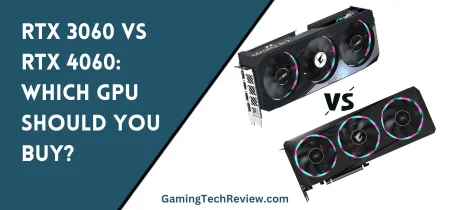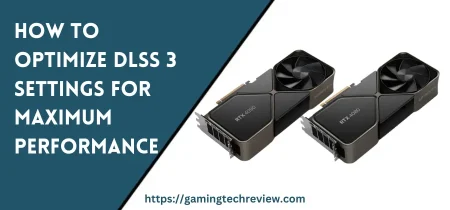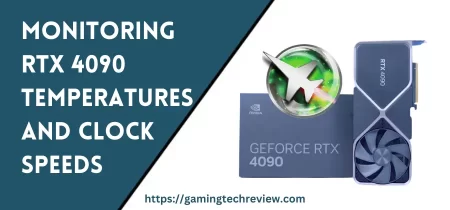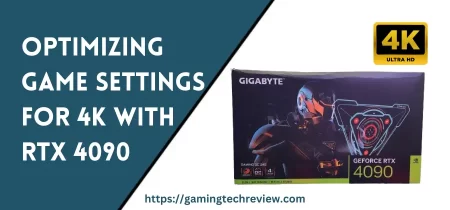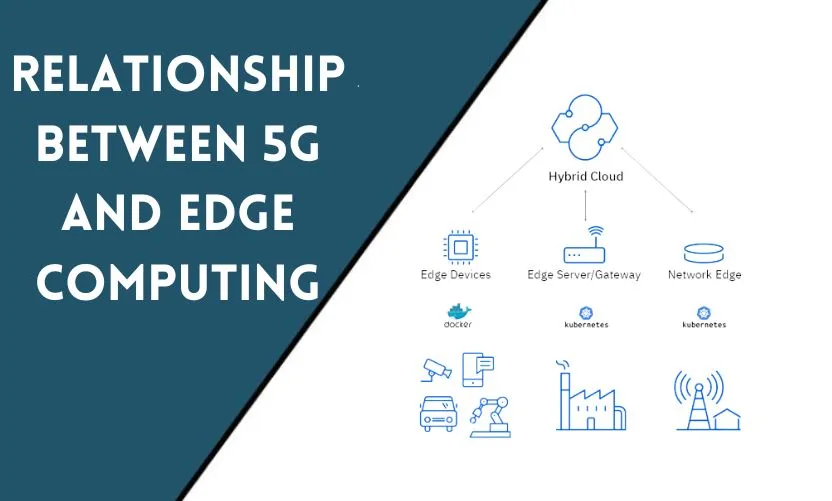
In recent years of technology, the world has seen a significant shift in how we use and rely on technology. This shift has been driven by two major technologies: 5G and edge computing. While both technologies have the potential to transform the way we live and work, there is a lot of confusion about how they work together. In this article, we will see the relationship between 5G and edge computing and how these two technologies are shaping the future.
What is 5G?
5G is the fifth generation of mobile networks, which promises faster download and upload speeds, lower latency, and better reliability. 5G networks use high-frequency radio waves to transmit data over short distances. This technology enables faster data transfer and lower latency, making it ideal for applications that require real-time data transfer and processing, such as autonomous vehicles, remote surgery, and virtual reality.
How does 5G work?
5G uses a technology called millimeter wave (mmWave) to transmit data over the airwaves. mmWave technology uses radio waves with frequencies between 30 GHz and 300 GHz, which is much higher than the frequencies used in 4G networks. These higher frequencies allow for faster data transfer rates and lower latency. However, they have a shorter range and are more easily blocked by obstacles such as buildings and trees.
What is Edge Computing?
Edge computing is a distributed computing architecture that brings computation and data storage closer to the devices that generate and use them. This technology aims to reduce the latency and bandwidth requirements of cloud computing by processing data locally. Edge computing is particularly useful for applications that require real-time data processing, such as autonomous vehicles, smart cities, and industrial automation.
How does Edge Computing work?
Edge computing works by placing computing resources closer to the edge of the network rather than in a centralized data center. This approach reduces the latency and bandwidth requirements of cloud computing by processing data locally. Edge computing devices are typically small, low-power devices that can be deployed in a variety of environments, including industrial plants, transportation systems, and smart cities.
The Relationship Between 5G and Edge Computing
5G and edge computing are complementary technologies that work together to enable a new generation of applications and services. 5G provides the high-speed, low-latency connectivity that these applications require, while edge computing provides the computing power and storage capacity to process the data generated by these applications in real-time.
Benefits of the Relationship
The relationship between 5G and edge computing offers several benefits, including:
- Reduced Latency: The combination of 5G and edge computing can significantly reduce the latency of data transfer and processing, enabling real-time applications such as autonomous vehicles, remote surgery, and virtual reality.
- Improved Reliability: By processing data locally, edge computing can improve the reliability and availability of applications and services, even in areas with limited connectivity.
- Lower Bandwidth Requirements: By processing data locally, edge computing can reduce the bandwidth requirements of cloud computing, enabling applications and services to operate even in areas with limited connectivity.
Use Cases
The combination of 5G and edge computing is already being used in a variety of applications, including:
Autonomous Vehicles
Autonomous vehicles require real-time data transfer and processing to navigate safely and efficiently. 5G and edge computing provides the connectivity and computing power required to enable these vehicles to operate autonomously.
Smart Cities
Smart cities rely on a variety of sensors and devices to collect data and improve the quality of life for residents. 5G and edge computing provide the connectivity and computing power required to process this data in real-time, enabling cities to become more efficient and sustainable.
Industrial Automation
Industrial automation requires real-time data to monitor and control industrial processes. 5G and edge computing provides the connectivity and computing power required to monitor and control these processes in real-time, improving efficiency and reducing downtime.
Challenges and Considerations
While the relationship between 5G and edge computing offers many benefits, there are also several challenges and considerations to keep in mind:
Security
As with any technology that relies on the transfer and processing of data, security is a major concern. The combination of 5G and edge computing requires robust security measures to protect against data breaches and cyberattacks.
Infrastructure
The deployment of 5G and edge computing requires significant investment in infrastructure, including the deployment of small cell towers and edge computing devices. This infrastructure can be costly and time-consuming to deploy, particularly in rural areas or areas with limited connectivity.
Compatibility
To take full advantage of the relationship between 5G and edge computing, applications and services must be designed to work with these technologies. This can require significant changes to existing applications and services or the development of new applications and services from scratch.
Conclusion
In conclusion, the relationship between 5G and edge computing is a powerful one that has the potential to transform the way we live and work. By providing high-speed connectivity and real-time computing power, these technologies enable a new generation of applications and services that were previously impossible. However, to fully realize the benefits of this relationship, we must address the challenges and considerations that come with it.
Frequently Asked Questions
How does 5G differ from 4G?
5G offers significantly faster download and upload speeds, lower latency, and better reliability than 4G.
What are some applications of edge computing?
Edge computing is used in a variety of applications, including autonomous vehicles, smart cities, and industrial automation.
What is the main benefit of the relationship between 5G and edge computing?
The main benefit of the relationship between 5G and edge computing is the ability to enable real-time applications and services.
What are some of the challenges associated with deploying 5G and edge computing infrastructure?
Some of the challenges associated with deploying 5G and edge computing infrastructure include cost, time, and compatibility issues.
How can we address the security concerns associated with 5G and edge computing?
Robust security measures, including encryption and authentication protocols, must be put in place to address the security concerns associated with 5G and edge computing.






